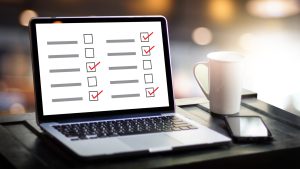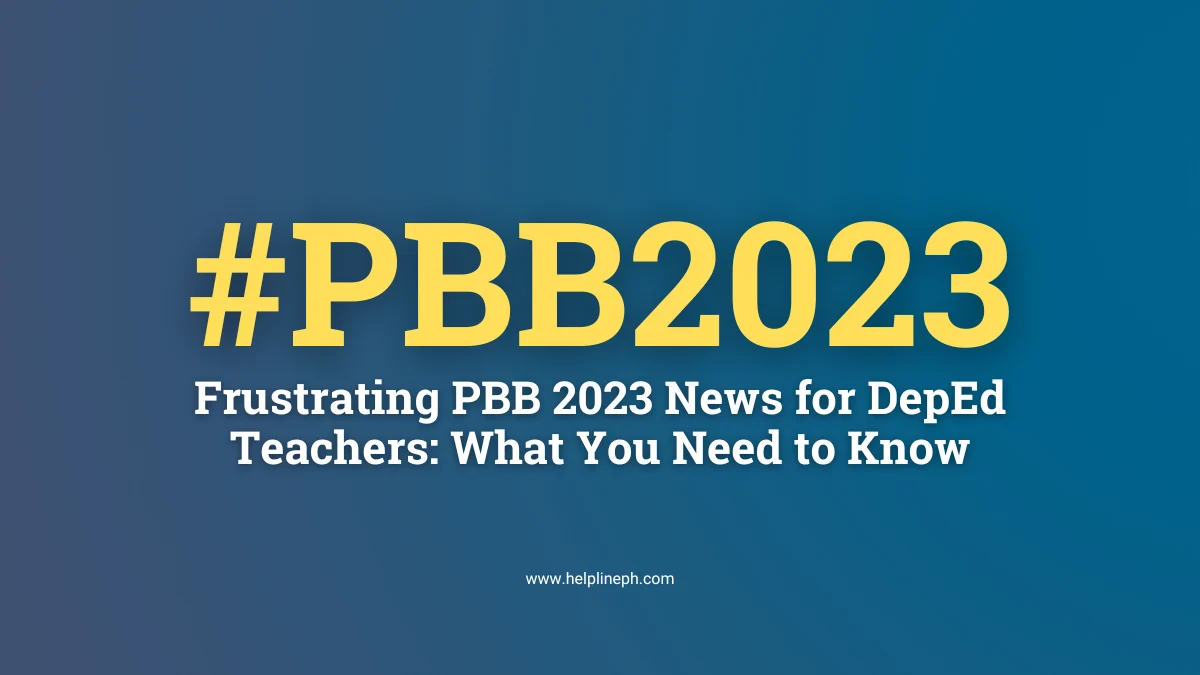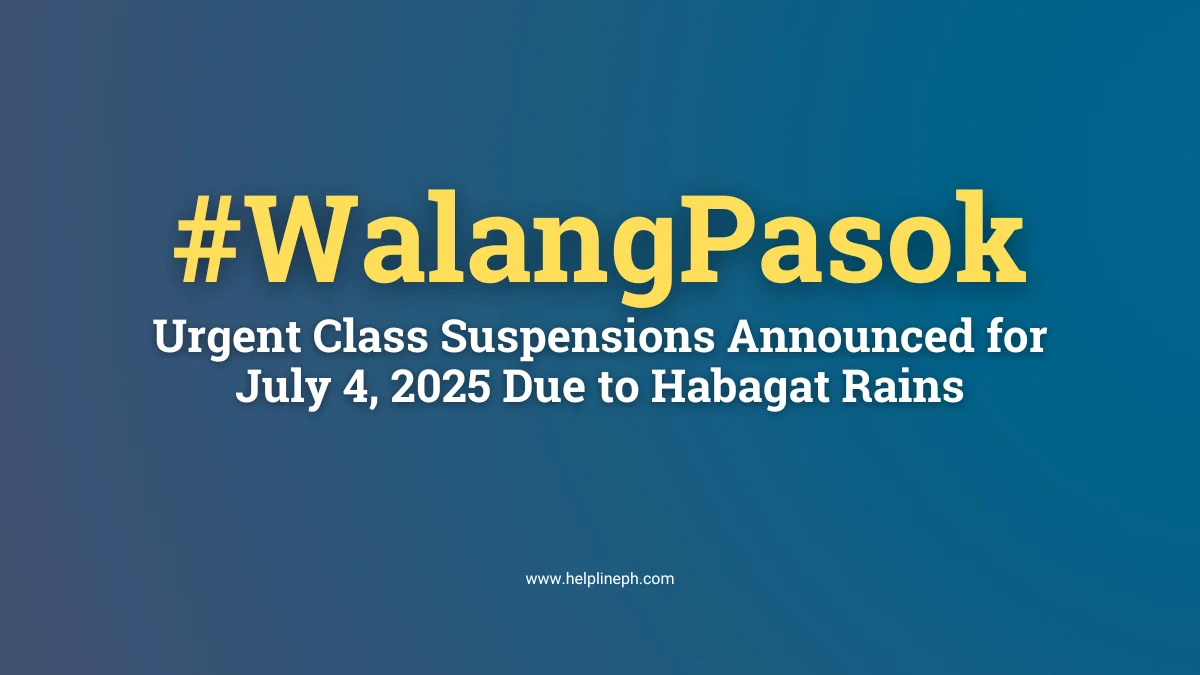What is Classroom Assessment

Assessment is a process that is used to keep track of learners’ progress in relation to learning standards and in the development of 21st-century skills; to promote self-reflection and personal accountability among students about their own learning; and to provide bases for the profiling of student performance on the learning competencies and standards of the curriculum. Various kinds of assessments shall be used appropriately for different learners who come from diverse contexts, such as cultural background and life experiences.
Classroom Assessment is an ongoing process of identifying, gathering, organizing, and interpreting quantitative and qualitative information about what learners know and can do.
Teachers should employ classroom assessment methods that are consistent with curriculum standards. It is important for teachers to always inform learners about the objectives of the lesson so that the latter will aim to meet or even exceed the standards. The teacher provides immediate feedback to students about their learning progress. Classroom assessment also measures the achievement of competencies by the learners.
There are two types of classroom assessment, namely, formative, and summative.
What is Formative Assessment
Formative assessment may be seen as assessment for learning so teachers can adjust in their instruction. It is also assessment as learning wherein students reflect on their own progress. According to the UNESCO Program on Teaching and Learning for a Sustainable Future (UNESCO-TLSF), formative assessment refers to the ongoing forms of assessment that are closely linked to the learning process. It is characteristically informal and is intended to help students identify strengths and weaknesses to learn from the assessment experience.
Formative assessment may be given at any time during the teaching and learning process. It is also a way to check the effectiveness of instruction.
Formative assessment involves teachers using evidence about what learners know and can do to inform and improve their teaching. Teachers observe and guide learners in their tasks through interaction and dialogue, thus gaining deeper insights into the learners’ progress, strengths, weaknesses, and needs. The results of formative assessments will help teachers make good instructional decisions so that their lessons are better suited to the learners’ abilities. It is important for teachers to record formative assessment by documenting and tracking learners’ progress using systematic ways that can easily provide insight into a student’s learning.
Formative assessment must also provide students with immediate feedback on how well they are learning throughout the teaching-learning process. Recommendations on how they can improve themselves should also be given by the teachers. Formative assessment enables students to take responsibility for their own learning and identify areas where they do well and where they need help. As a result, students will appreciate and make their own decisions about their progress.
What is Summative Assessment
Summative assessment may be seen as assessment of learning, which occurs at the end of a particular unit. This form of assessment usually occurs toward the end of a period of learning to describe the standard reached by the learner. Often, this takes place for appropriate decisions about future learning or job suitability to be made. Judgments derived from summative assessment are usually for the benefit of people other than the learner (UNESCO-TLSF).
Summative assessment measures whether learners have met the content and performance standards. Teachers must use methods to measure student learning that have been deliberately designed to assess how well students have learned and are able to apply their learning in different contexts. The results of summative assessments are recorded and used to report on the learners’ achievement. Primarily, the results of summative assessment are reported to the learners and their parents/guardians. In addition, these are reported to principals/ school heads, teachers who will receive the child in the next grade level, and guidance teachers who should help students cope with challenges they experience in school.
What is assessed in the classroom
Assessment in the classroom is aimed at helping students perform well in relation to the learning standards. Learning standards comprise content standards, performance standards, and learning competencies that are outlined in the curriculum.
A. Content Standards identify and set the essential knowledge and understanding that should be learned. They cover a specified scope of sequential topics within each learning strand, domain, theme, or component. Content standards answer the question, “What should the learners know?”.
B. Performance Standards describe the abilities and skills that learners are expected to demonstrate in relation to the content standards and integration of 2lst-century skills. The integration of knowledge, understanding, and skills is expressed through creation, innovation, and adding value to products/ performance during independent work or in collaboration with others. Performance standards answer the following questions:
- “What can learners do with what they know?”
- “How well must learners do their work*”
- “How well do learners use their learning or understanding in different situations?”
- “How do learners apply their learning or understanding in real-life contexts?”
- “What tools and measures should learners use to demonstrate what they
know?”
C. Learning Competencies refer to the knowledge, understanding, skills, and attitudes that students need to demonstrate in every lesson and/ or learning activity.
D. Concept Development
The learning standards in the curriculum reflect progressions of concept development. The Cognitive Process Dimensions adapted from Anderson & Krathwohl (2001) may be a good way to operationalize these progressions. It provides a scheme for classifying educational goals, objectives, and standards. It also defines a broad range of cognitive processes from basic to complex, as follows: Remembering, Understanding, Applying, Analyzing, Evaluating, and Creating.
How are learners assessed in the classroom
Learners are assessed in the classroom through various processes and measures appropriate to and congruent with learning competencies derived in the K to 12 curriculum. Some of these processes and measures may be used for both formative and summative assessment, which have different goals. Learners may be assessed individually or collaboratively.
Individual and Collaborative Formative Assessment
Individual formative assessment enables the learner to demonstrate independently what has been learned or mastered through a range of activities such as check-up quizzes, written exercises, performances, models, and even electronic presentations.
Collaborative formative assessment (peer assessment) allows students to support each other’s learning. Discussions, role playing, games, and other group activities may also be used as performance-based formative assessment wherein learners support and extend each other’s learning.
Formative Assessment in Different Parts of the Lesson
Formative assessment may be integrated in all parts of the lesson. Basically, every lesson has three parts: before the lesson, the lesson proper, and after the lesson. Formative assessment conducted in each part serves a different purpose.
Before the Lesson
Formative assessment conducted before the lesson informs the teacher about the students’ understanding of a lesson/topic before direct instruction. It helps teachers understand where the students stand in terms of conceptual understanding and application. Formative assessment provides bases for making instructional decisions, such as moving on to a new lesson or clarifying prerequisite understanding.
During the Lesson Proper
Formative assessment conducted during the lesson proper informs teachers of the progress of the students in relation to the development of the learning competencies. It also helps the teacher determine whether instructional strategies are effective. The results of formative assessment given at this time may be compared with the results of formative assessment given before the lesson to establish if conceptual understanding and application have improved. On this basis, the teacher can make decisions on whether to review, re-teach, remediate, or enrich lessons and, subsequently, when to move on to the next lesson.
After the Lesson
Formative assessment conducted after the lesson assesses whether learning objectives were achieved. It also allows the teacher to evaluate the effectiveness of instruction. Students who require remediation and/or enrichment should be helped by the teacher using appropriate teaching strategies.
Summative Assessment
This form of assessment measures the different ways learners use and apply all relevant knowledge, understanding, and skills. It must be spaced properly over the quarter. It is usually conducted after a unit of work and/ or at the end of an entire quarter to determine how well learners can demonstrate content knowledge and competencies articulated in the learning standards. Learners synthesize their knowledge, understanding, and skills during summative assessments. The results of these assessments are used as bases for computing grades.
Individual and Collaborative Summative Assessment
Learners may be assessed individually through unit tests and quarterly assessment. Collaboratively, learners may participate in group activities in which they cooperate to produce evidence of their learning. The process of creating a learning project is given more weight or importance than the product itself.
Components of Summative Assessment
Summative assessments are classified into three components, namely, Written Work (WW), Performance Tasks (PT), and Quarterly Assessment (QA). These three will be the bases for grading. The nature of the learning area defines the way these three components are assessed.
The Written Work component ensures that students can express skills and concepts in written form. Written Work, which may include long quizzes, and unit or long tests, help strengthen test-taking skills among the learners. It is strongly recommended that items in long quizzes/tests be distributed across the Cognitive Process Dimensions so that all are adequately covered. Through these, learners can practice and prepare for quarterly assessment and other standardized assessments. Other written work may include essays, written reports, and other written output.
The Performance Task component allows learners to show what they know and can do in diverse ways. They may create or innovate products or do performance-based tasks. Performance-based tasks may include skills demonstration, group presentations, oral work, multimedia presentations, and research projects. It is important to note that written output may also be considered as performance tasks.
Quarterly Assessment measures student learning at the end of the quarter. These may be in the form of objective tests, performance-based assessment, or a combination thereof.
GRADE Kindergarten – Grade 12 Summative Tests (1st to 4th Quarter)
By clicking the DOWNLOAD links you will be redirected to the compiled lists of Summative tests. Downloading teaching materials should not be that hard :).

| Files | Links |
| Kindergarten Summative Test | Download |
| Grade 1 Summative Test | Download |
| Grade 2 Summative Test | Download |
| Grade 3 Summative Test | Download |
| Grade 4 Summative Test | Download |
| Grade 5 Summative Test | Download |
| Grade 6 Summative Test | Download |
| Grade 7 Summative Test | Download |
| Grade 8 Summative Test | Download |
| Grade 9 Summative Test | Download |
| Grade 10 Summative Test | Download |
| Grade 11 Summative Test | Download |
| Grade 12 Summative Test | Download |
Read: E-Class Record for Grade 1-12 School Year 2022-2023(Free Download)






